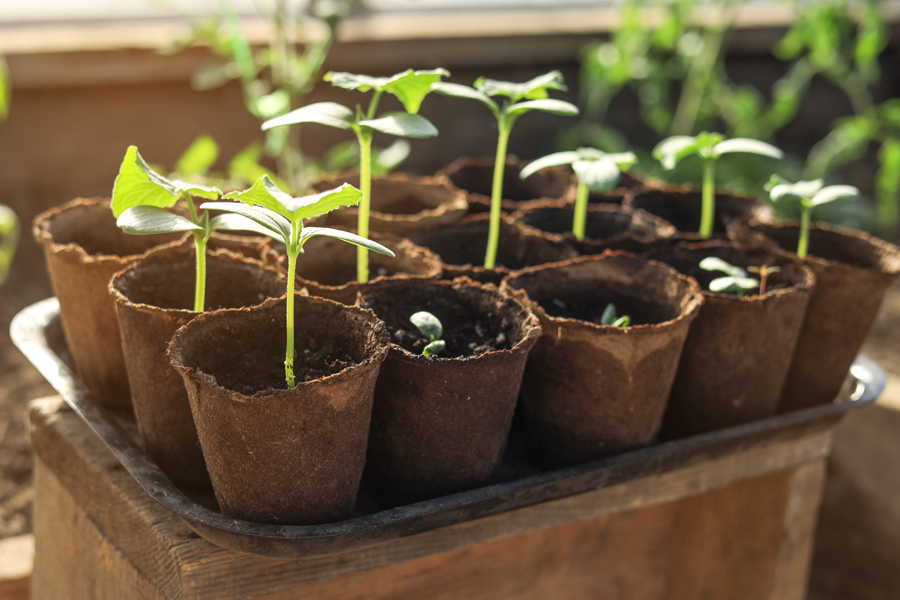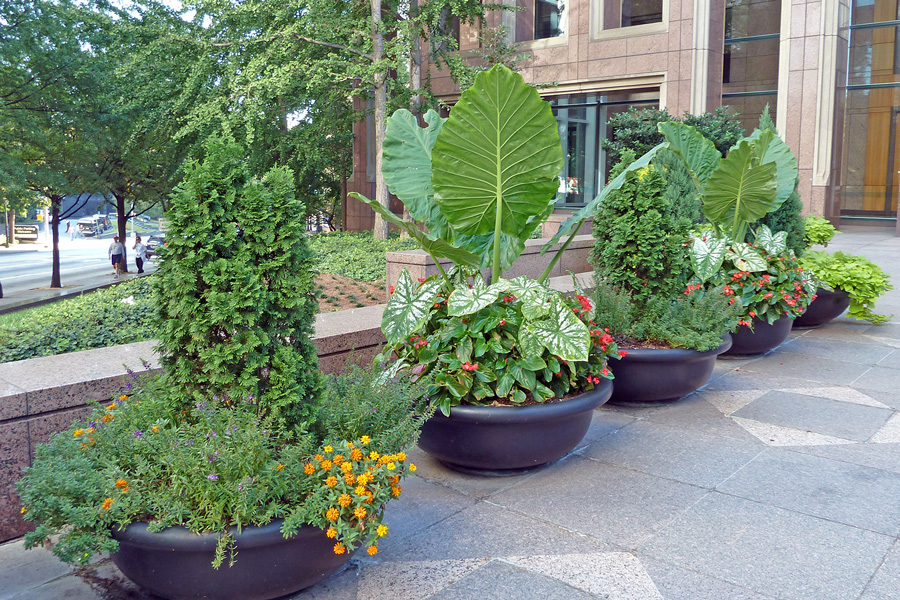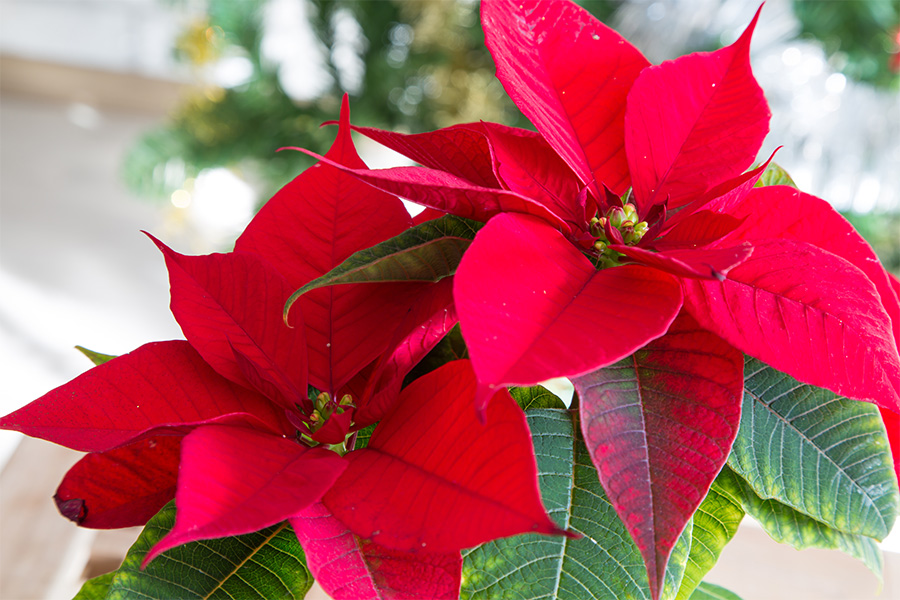Container Gardens
-

There are about 12,000 species of ferns in the world today. Most are found in the tropics. Currently, Georgia is home to 36 genera, 119 species and 12 hybrid ferns. The list is constantly expanding as new plants are found. To grow ferns successfully, it is important to match the site characteristics and growing environment with the native requirements of the fern species you intend to grow. Even if a fern is native to Georgia, it may not be native to the area of the state where you live.
Bodie V. Pennisi
|
-

Beginning in the 1970s, container nursery production acreage rapidly increased such that container nursery production is now the dominant
method of nursery production. As a standard in the industry, plastic
nursery containers are lightweight, durable, familiar to growers, work well with automation, and can be reused or recycled. However, they are limited in their ability to be sustainably eco-friendly. This publication contains information about alternatives to petroleum-based containers for the nursery industry.Ping Yu
|
-

B 910
Hobby Greenhouses
The gardener who has a greenhouse can extend or intermingle the seasons at will. Whether you wish to build your own greenhouse from scratch or purchase a prefabricated structure ready for assembly, this resource explains everything you need to know about building and maintaining a hobby greenhouse. This publication also includes several building design plans.
Rhuanito Soranz Ferrarezi and John W. Worley
|
-

B 737
Growing Ferns
This publication discusses everything you need to know about ferns: life span, growing, watering, potting, needs, and varieties.
Bodie V. Pennisi
|
-

This publication offers information on types of plants suitable for mixed containers, with an emphasis on perennial and woody species and cultivars, as well as aesthetic qualities, cultural conditions and placement within the container.
Bodie V. Pennisi and Matthew Chappell
|
-

With increased urbanization, container gardens continue to enjoy popularity and brighten up patios and balconies. For many reasons, tropical plants have become a staple in container gardens traditionally filled with herbaceous annuals, bulbs, succulents, perennials and woody plants.
Bodie V. Pennisi
|
-

C 787
Gardening in Containers
Growing plants in containers differs from growing plants in the ground. Poorly drained potting mixture can lead to root problems. Under conditions of excess moisture and poor aeration, roots become stressed and are easily invaded by root rotting fungi. Under these circumstances, plants fail to grow properly or even die.
In addition to guidance on soil preparation, this bulletin provides information on selecting containers, planting and fertilizing container plants, a list of plants recommend for container gardens.
Bodie V. Pennisi
|
-

Container gardening has enjoyed an increased popularity in the last decade. With increased urbanization, container gardens have come to the rescue to brighten up patios and balconies. This publication is intended to provide information on successful gardening in containers using tropical plant materials.
Bodie V. Pennisi
|
-

Flowering and foliage plants can make welcome gifts. How long they remain attractive may be directly related to the care and handling they are given. This publication describes ways to properly care for holiday and gift plants to ensure maximum longevity.
Bodie V. Pennisi and Paul A. Thomas
|